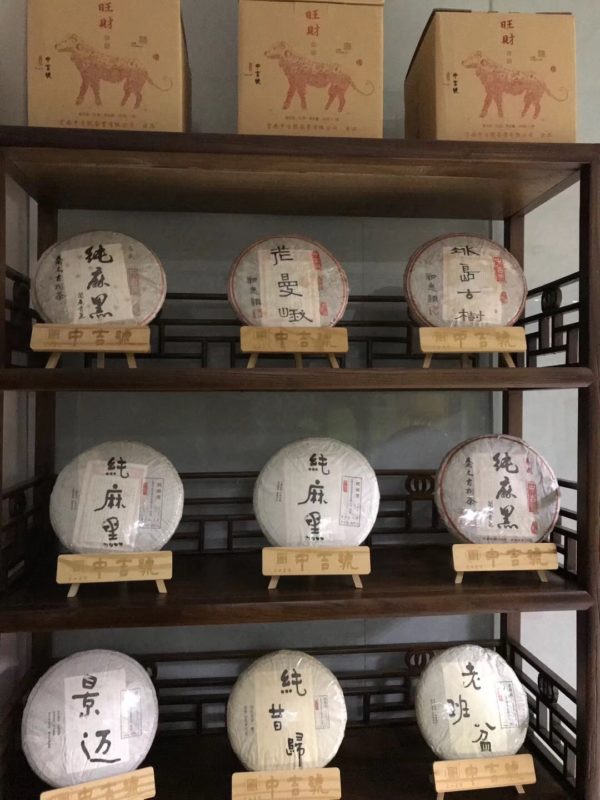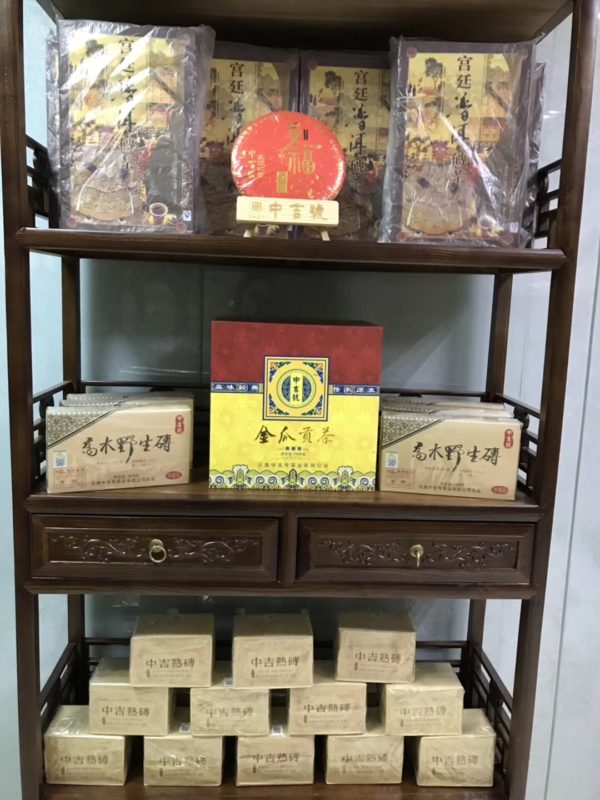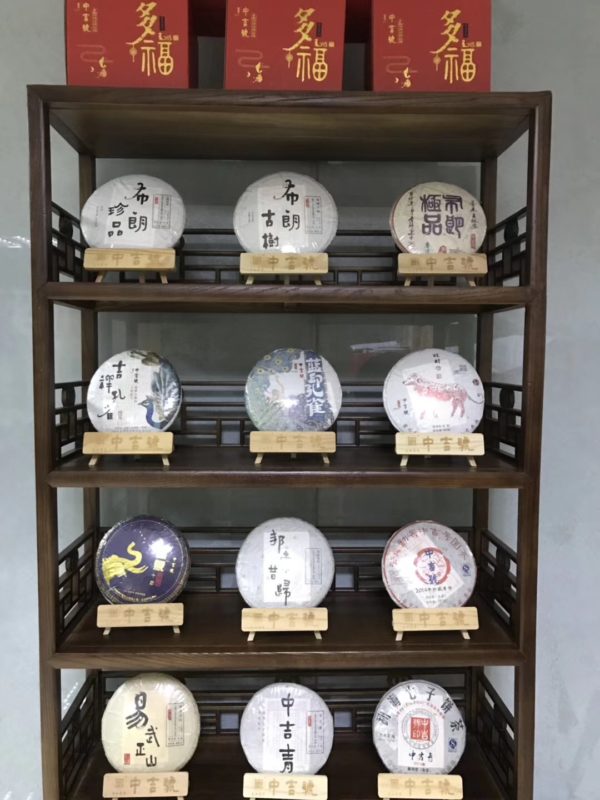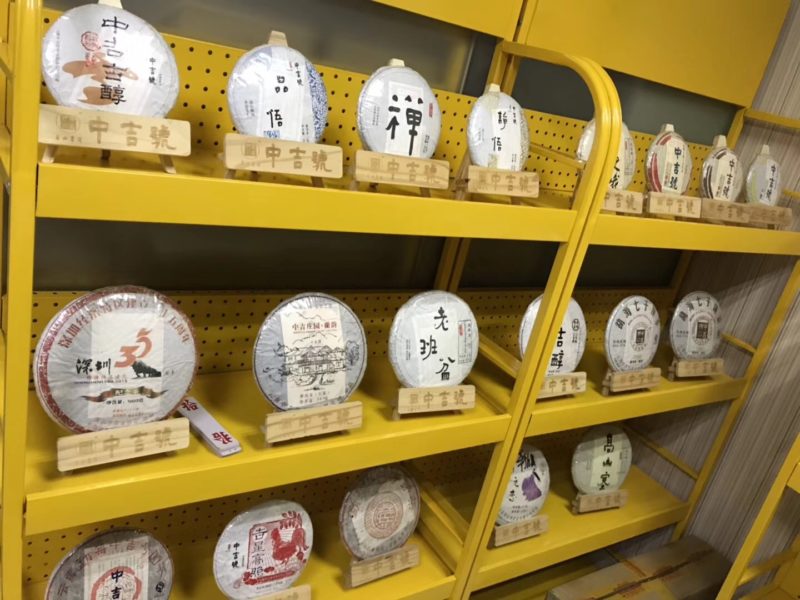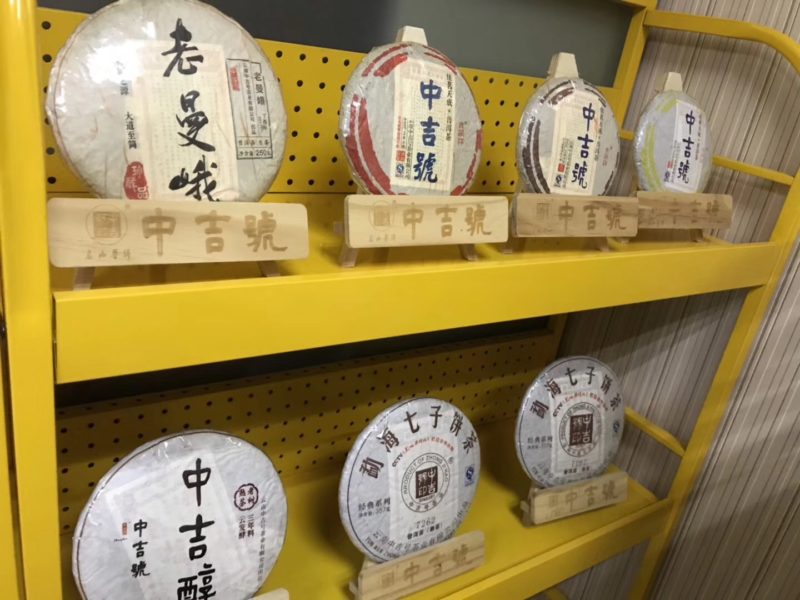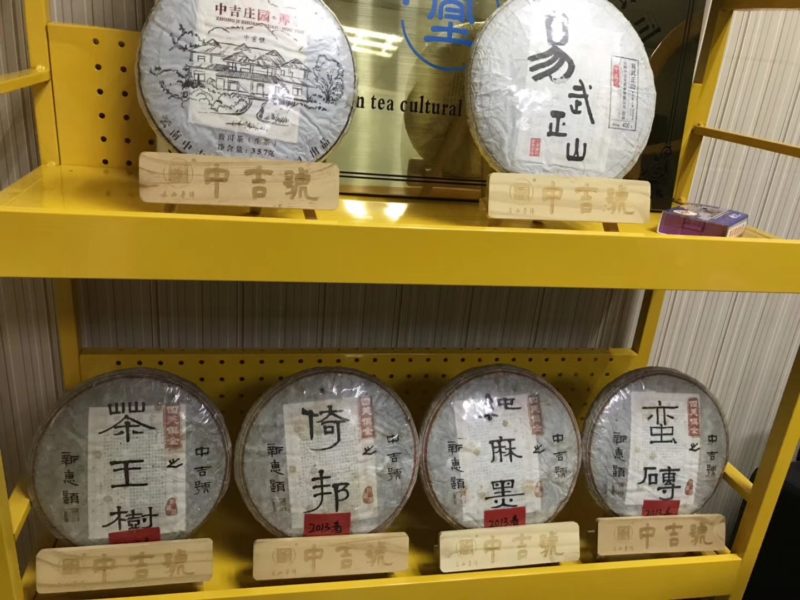Teaoftehday.com new office at shenzhen 新景大厦
Where to buy Chinese Pu Erh tea? It is hard to choose the right supplier with authentic pu erh tea.
Teaoftheday.com choose the best brand in China for you.
Pu erh is a type of tea that’s mainly produced in China’s Yunnan province.
Pu erh tea benefits:
Pu-erh Tea has long been valued in Chinese herbalism for its vast benefits. Chinese people credit it with many health benefits like weight loss, reduction of serum cholesterol, and
cardiovascular protection. Pu-erh tea contains high levels of polyphenols (flavonoids, catechins and theaflavin), which are known for their antioxidant activity. These powerful chemicals
speed up fat burning as well as reduce stress and heavy metal consumption due to the cell repair compounds found within. The theanine and flavoids found within pu-erh just so happen to
aid in digestion after meals by acting as a sponge and accelerator for fat burning.
Types of Chinese Tea
Of the five main types of tea (white, green, oolong and black being the others), pu-erh stands apart from every other one as its tea leaves go through a natural fermentation process
before the tea is gently dried. This not only creates a cup with zero astringency and deep, rich body, but this fermentation process also helps produce micro-organisms which are being
shown to be particularly beneficial to the human body.
Pu Erh Tea price
Factors that affect the final price of a pu erh tea are Environmental conditions, Altitude, Soil Quality, Quality of the Year, Tea Factories, Raw Material Grade & Tree Age and Processing. Pu erh can be kept for long-term aging. Dry and sunny weather with a small amount of rainy days is generally the best for pu erh.
4 large factories:
Kun-ming Tea Factory (昆明茶厂)
Meng-hai Tea Factory (勐海茶厂)
Xia-guan Tea Factory (下关茶厂)
Lin-chang Tea Factory (临沧茶厂)
Shape
Both ripe and raw pu erh can be compressed into different shapes. Cakes or flat discs are the most popular, but many other shapes exist.
In practice, mini tuochas (tea in small dome shape) tend to be more often made from lower quality garden tea. Mini tuocha’s are usually a few grams in size, and suitable to make one
teapot of tea, which makes them very convenient for brewing. It’s just that they target a more commercial and young audience of tea drinkers that aren’t that picky about tea (yet).
Processing: Raw Versus Ripe
Once the tea leaves are picked, they’re processed into loose leaf pu erh tea, also known as ‘mao cha’. For picked leaves to become mao cha, they’re first pan fried and dried under the
sun. This process will allow the leaves to loose most of it water content.
Raw pu erh production: to produce raw pu erh, mao cha will be compressed into various shapes (mainly cakes) and stored for aging.
Ripe pu erh production: the production of ripe pu erh is different. The mao cha will be first piled up, sprinkled with water and covered with sheets. The tea master than makes sure to maintain a certain humidity level and temperature to allow the leaves to ferment faster. This process can take several weeks until the leaves are fully fermented. These loose ripe pu erh leaves are then compressed into cakes.
